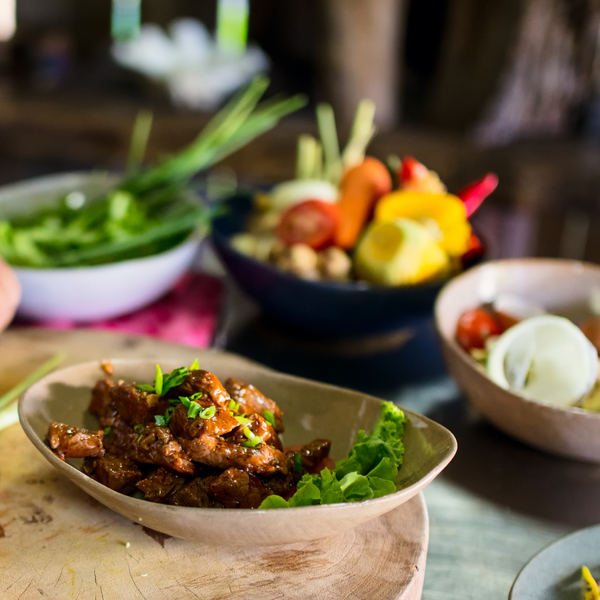Family, friends and visitors all enjoy popular events that are planned throughout the year. Wine Walks, Fun Runs, Festivals and Fairs put smiles on faces young and young at heart!
Devin Ian Schramm Trio Live at Floyd’s Lounge
Friday, February 6th, 2026 :: 12:00am - 12:00am
Floyd’s Lounge
Join us Friday, February 6th from 8-11pm as the Devin Ian Schramm Trio makes their Floyd’s debut. See y’all then!
Cathey Bolin Live at Floyd’s Lounge
Saturday, February 7th, 2026 :: 12:00am - 12:00am
Floyd’s Lounge
Join us Saturday, February 7th from 8-11pm as local fave Cathey Bolin takes the stage once again. See y’all then!
Karaoke with Kountry Chick at Floyd’s Lounge
Friday, February 13th, 2026 :: 12:00am - 12:00am
Floyd’s Lounge
Join us Friday, February 13th from 8-11pm for karaoke with Kountry Chick – a perfect pre-Valentine’s outing!
Supper Club at Deeply Rooted Ranch
Friday, February 13th, 2026 :: 6:00pm - 9:00pm
Deeply Rooted Ranch
Come join us at Deeply Rooted Ranch for our monthly Supper Club! Chef Chris Huffman will be making a multitude of delicious dishes with fresh, seasonal ingredients straight from our farm. Menu coming soon! Tickets can be purchased through our website.
Chappell Hill Chamber Wine & Chocolate Stroll
Saturday, February 14th, 2026 :: 11:00am - 3:00pm
Chappell Hill Chamber of Commerce
Enjoy this annual wine & chocolate sampling in downtown Chappell Hill while exploring the various shops, restaurants and lodging facilities. Spend the weekend in the country and be sure to purchase your glasses online.
Toast – The Best of Bread
Saturday, February 14th, 2026 :: 7:00pm - 9:00pm
Barnhill Center at Historic Simon Theatre
For Valentine’s Day, favorite love songs performed with perfection. Baby I’m-a Want You, I’d Like to Make It With You, If, Guitar Man, Diary, It Don’t Matter To Me, Everything I Own and more. Patrons say, “these guys are not just good musicians, they are better than the original Bread!”
Tickets: $95 – $110
Fortnightly Club Annual Used Book Sale
Monday, February 16th, 2026 :: 9:00am - 6:00pm
Washington County Expo
6 full days of the Fortnightly Club Annual Used Book Sale – February 16 – February 21, 2026 in the Commercial Exhibits Building at the Washington County Expo!
Romeo and Juliet
Thursday, February 19th, 2026 :: 7:00pm - 9:00pm
Dr. W.W. O’Donnell Performing Arts Center
William Shakespeare’s star-crossed lovers from feuding families marry in secret, but miscommunication and ancient hatred lead to tragic deaths that finally end their families’ bitter feud in this powerful one-act adaptation.
Romeo and Juliet
Friday, February 20th, 2026 :: 7:00pm - 9:00pm
Dr. W.W. O’Donnell Performing Arts Center
William Shakespeare’s star-crossed lovers from feuding families marry in secret, but miscommunication and ancient hatred lead to tragic deaths that finally end their families’ bitter feud in this powerful one-act adaptation.
Fortnightly Club Annual Used Book Sale
Saturday, February 21st, 2026 :: 9:00am - 5:00pm
Washington County Expo
6 full days of the Fortnightly Club Annual Used Book Sale – February 16 – February 21, 2026 in the Commercial Exhibits Building at the Washington County Expo!









